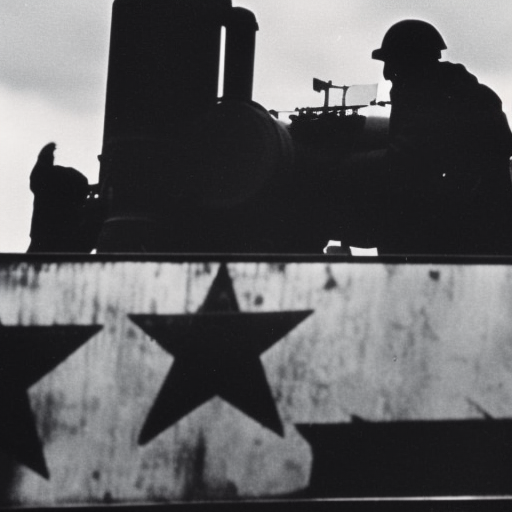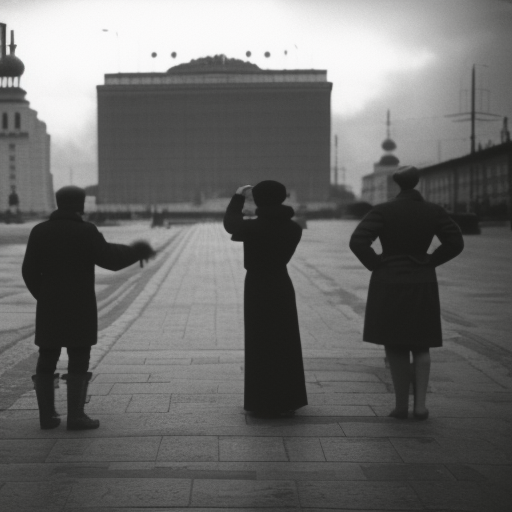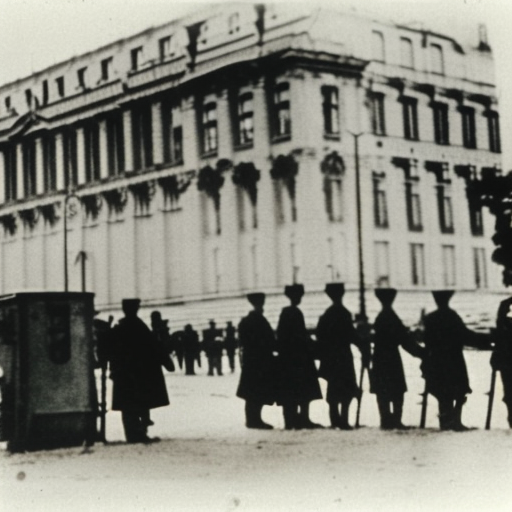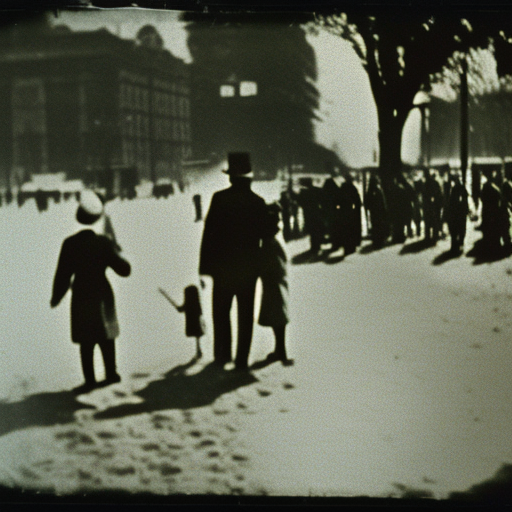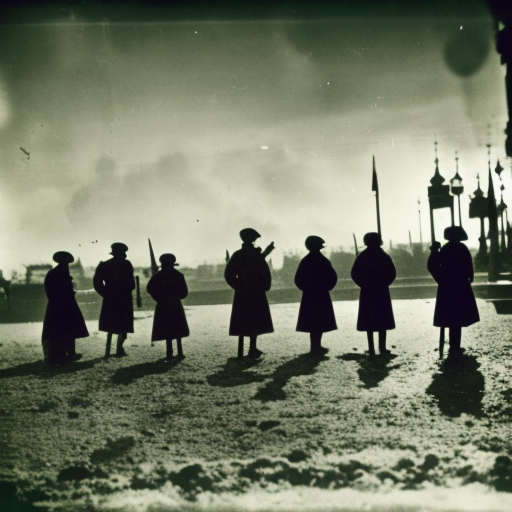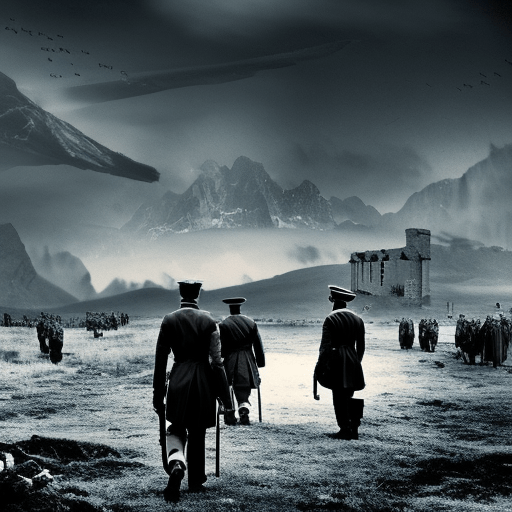In “Polar Star,” Martin Cruz Smith takes readers on a thrilling journey through the treacherous world of Soviet-era Russia as detective Arkady Renko investigates a murder aboard a fishing vessel in the Arctic Circle.
Battleship Potemkin Summary
Battleship Potemkin” is a groundbreaking Soviet silent film that depicts the 1905 mutiny on the Russian battleship Potemkin and its impact on the Russian Revolution.
The Cold War (1947-1991) Explained
The Cold War was a period of political tension and rivalry between the United States and the Soviet Union, characterized by ideological conflicts and the threat of nuclear war.
The Marshall Plan (1948) Explained
The Marshall Plan was a US initiative to provide economic aid to war-torn Europe after World War II.
The Five-Year Plans in the USSR Explained
The Five-Year Plans in the USSR were a series of centralized economic plans aimed at industrializing and modernizing the Soviet Union.
The Glasnost and Perestroika Explained
Glasnost and Perestroika were Soviet policies implemented by Mikhail Gorbachev in the 1980s, aimed at increasing transparency and restructuring the Soviet Union’s political and economic systems.
The New Economic Policy (1921-1928) Explained
The New Economic Policy was a Soviet economic reform that allowed limited capitalism to revive the economy after the Russian Civil War.
The Bolshevik Revolution (1917) Explained
The Bolshevik Revolution of 1917 marked the rise of the Communist Party in Russia and the overthrow of the Provisional Government, leading to the establishment of the Soviet Union.
The Non-Aggression Pact (1939) Explained
The Non-Aggression Pact (1939) was a treaty signed between Nazi Germany and the Soviet Union, which temporarily ensured peace between the two countries before the outbreak of World War II.
The October Revolution (1917) Explained
The October Revolution of 1917 was a pivotal event in Russian history that led to the establishment of a communist government under the leadership of Vladimir Lenin.
Bloodlands: Europe Between Hitler and Stalin Summary
Bloodlands” by Timothy Snyder explores the devastating impact of Hitler and Stalin’s regimes on Eastern Europe, revealing the immense human suffering and loss of life in the region.
The SALT Treaties Explained
The SALT Treaties were a series of agreements between the United States and the Soviet Union aimed at limiting the proliferation of nuclear weapons.











